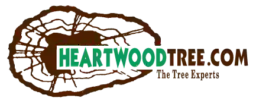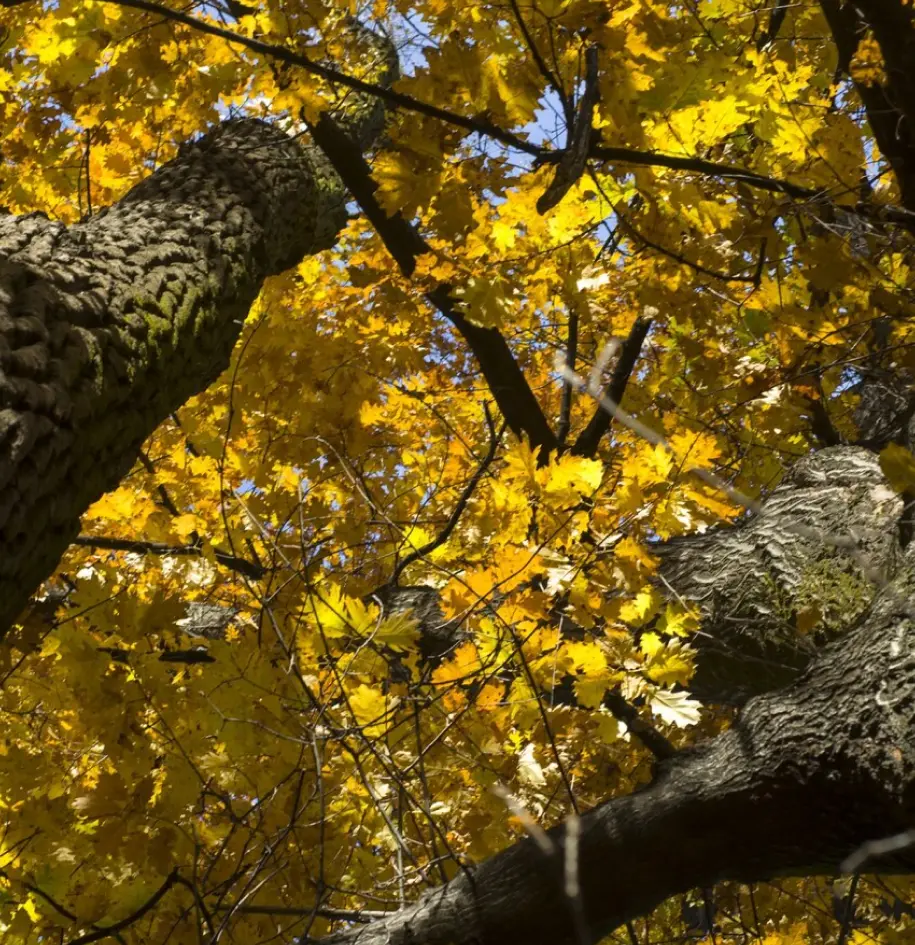Plant Health Care Services in Charlotte, NC
What Is Plant Health Care?
Our plant health care services offer a more prescriptive approach to maintaining healthy trees. At Heartwood Tree Care, we structure our care around the initial arborist assessment of the site and any site-specific recommendations for specific trees and shrubs. Additionally, we may also provide ongoing maintenance for any ornamental trees in your landscaping. For example, the ongoing maintenance we perform can include treatments that need to be completed within multiple time-specific applications.
Ornamental maintenance is commonly used to address pests and diseases that need preventive care, soil fertility issues, and other treatments. Our program treats tall trees, ornamental and woody shrubs, and larger plants, too. We care about protecting the environment and the people we work for, which is why we ensure that all the products we use for soil fertilization, insects, fungicides, and disease management are safe.
When you need plant health care in NC, don't hesitate to contact our team.
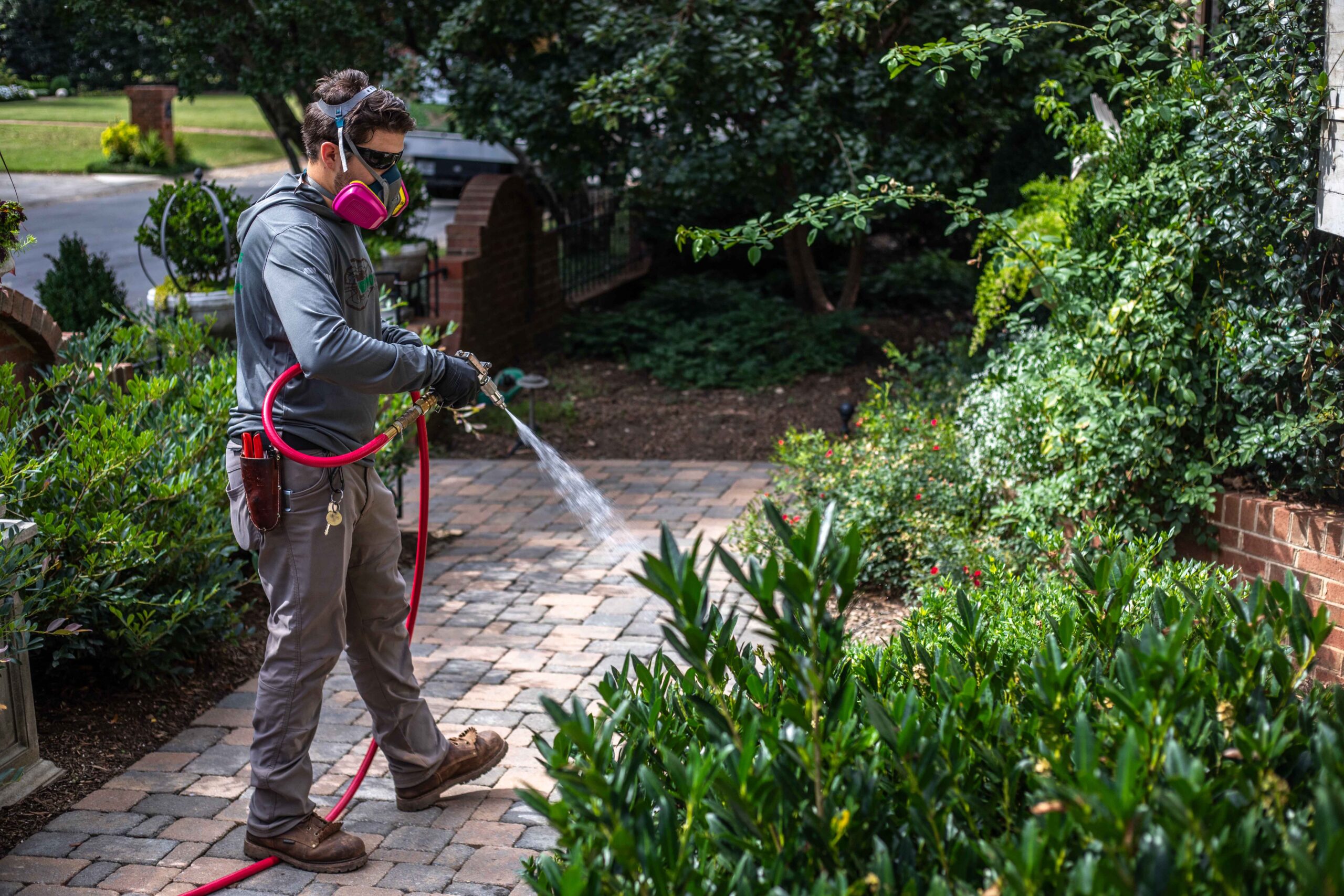
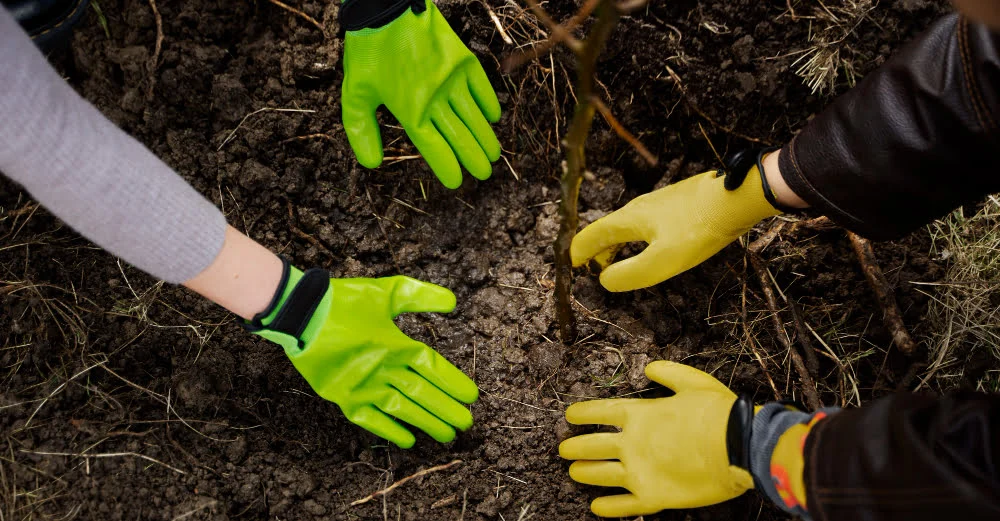
Customized Approach
Because every tree and plant we work with is unique, our arborists customize treatments to address their specific needs. To create a custom-tailored plan for optimal plant health, we carefully assess the site and take into account the plant's age, existing issues, and the environmental conditions of your property.
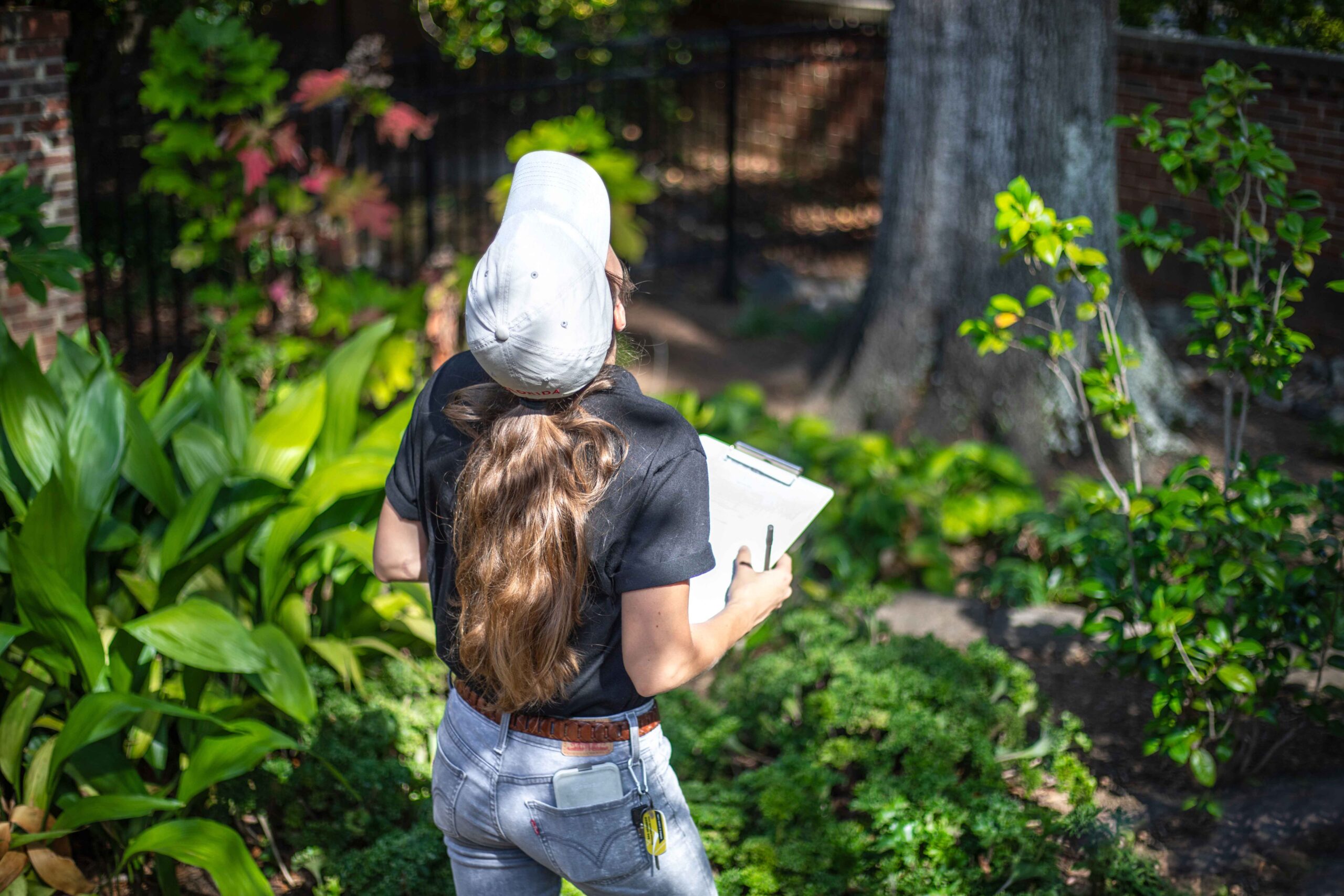
Preventive and Curative Treatments

Sustainable Solutions
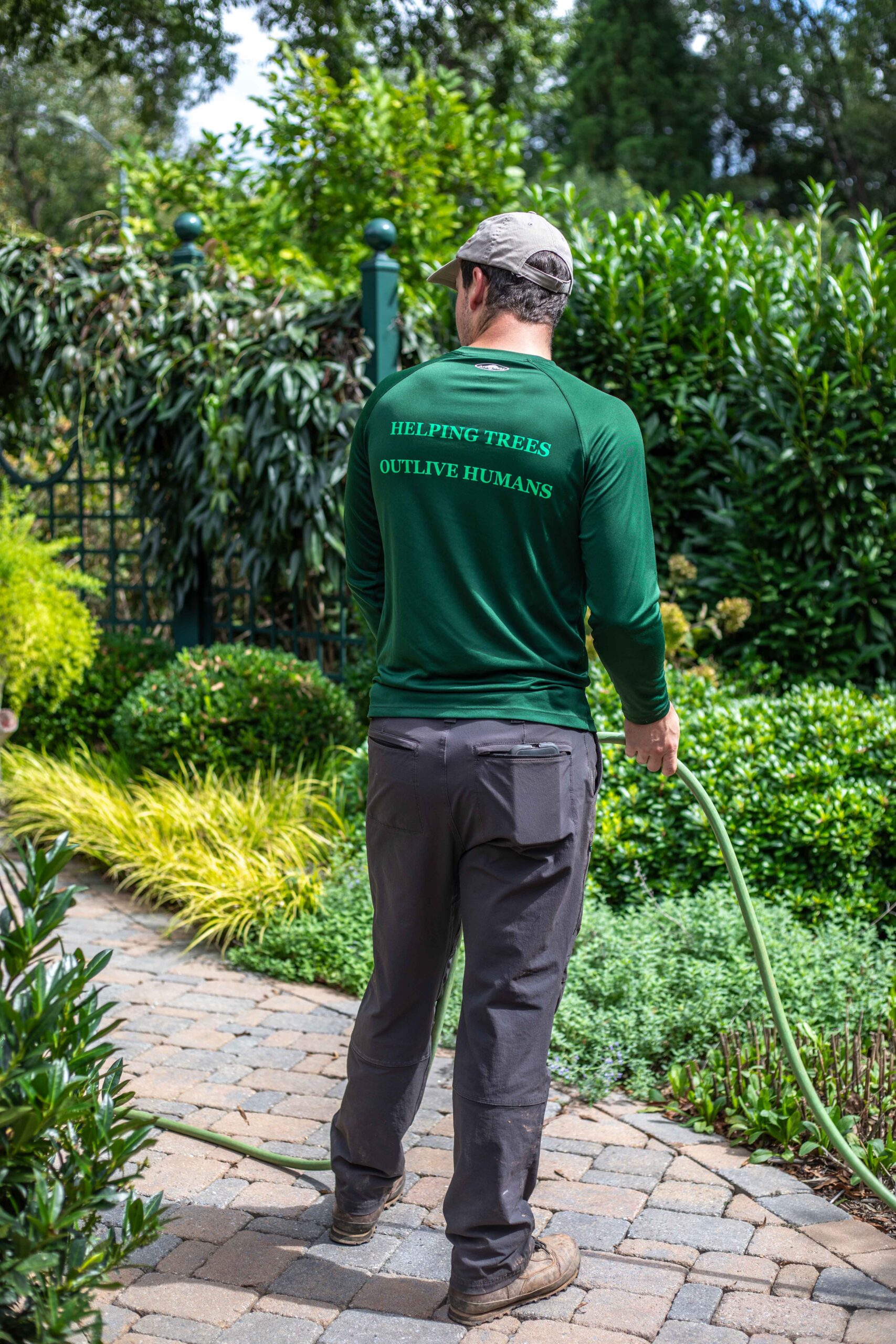
Plant Health Assessment
Our holistic approach assesses the individual needs of the plant, and then either treats it directly or uses a more comprehensive tree care program. As such, our clients expect our plant health care services in Charlotte to manage pests instead of outright eliminate them. While this may seem unusual, there are certain beneficial organisms that can help manage pests. To that end, the goal of our plant health care is at a threshold that finds a balance between non-beneficial pests, diseases, and benefits.
Plant Health Care Services

Fertilization / Insecticide / Fungicide
We have access to various tools and substances to provide trees with the best treatment possible, depending on the situation.
Specific Care Programs
Our plant health care solutions provide specialized care programs for the trees and plants on your property.
Soil Tests
Just like how humans need various nutrients to stay healthy, so too do plants, trees, and even grass!
Root Collar Excavation / Root Invigoration
A tree's root system does more than just hold it in the ground — they're essential to the health of the tree.
Root Pruning
During root pruning services, we trim roots before they're affected by ground disturbance or compaction.
Air Knife/Spade Work
Our air spade tools help with many of our plant healthcare solutions.Signs Your Trees Need Some Extra Care
Visible Decay
A decaying tree is the last thing anyone wants to see in their backyard. This issue might stem from inadequate water, pest infestations, or environmental stresses such as extreme temperatures. Whatever the case may be, our tree healthcare services can help you save the tree if the decay hasn't spread too far.
By identifying and addressing any underlying issues, we'll help promote the health and longevity of your trees so that they can remain beautiful for as long as possible. For instance, proper pest management doesn't just keep trees healthy but also saves them and gives them a chance to recover.
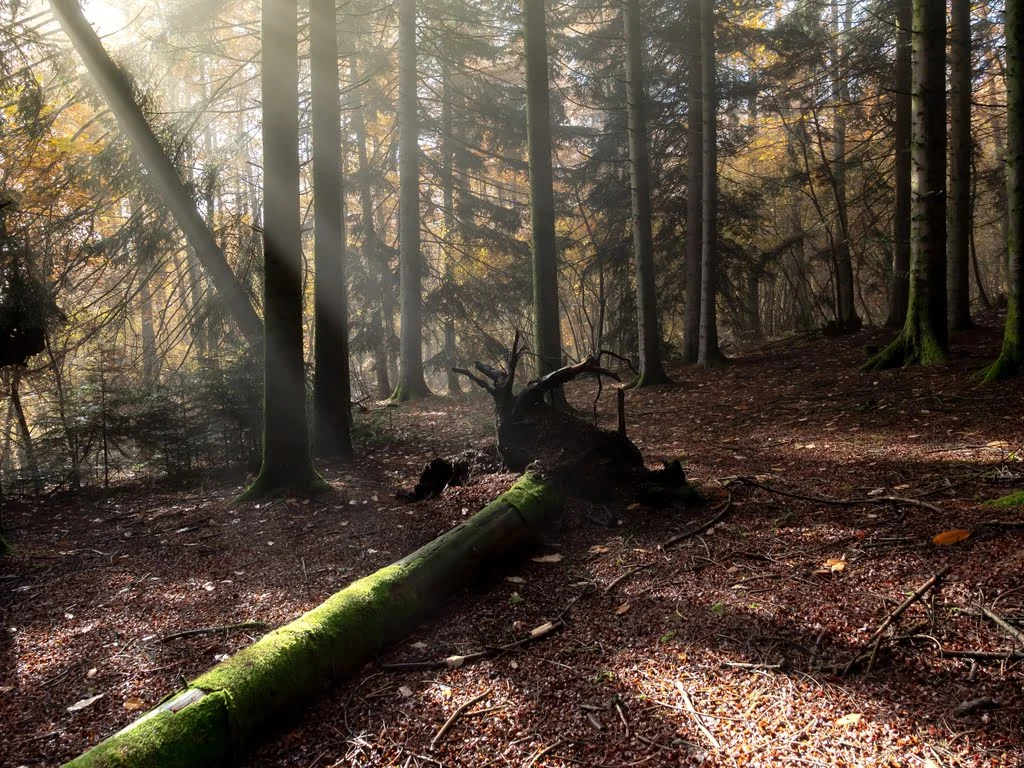
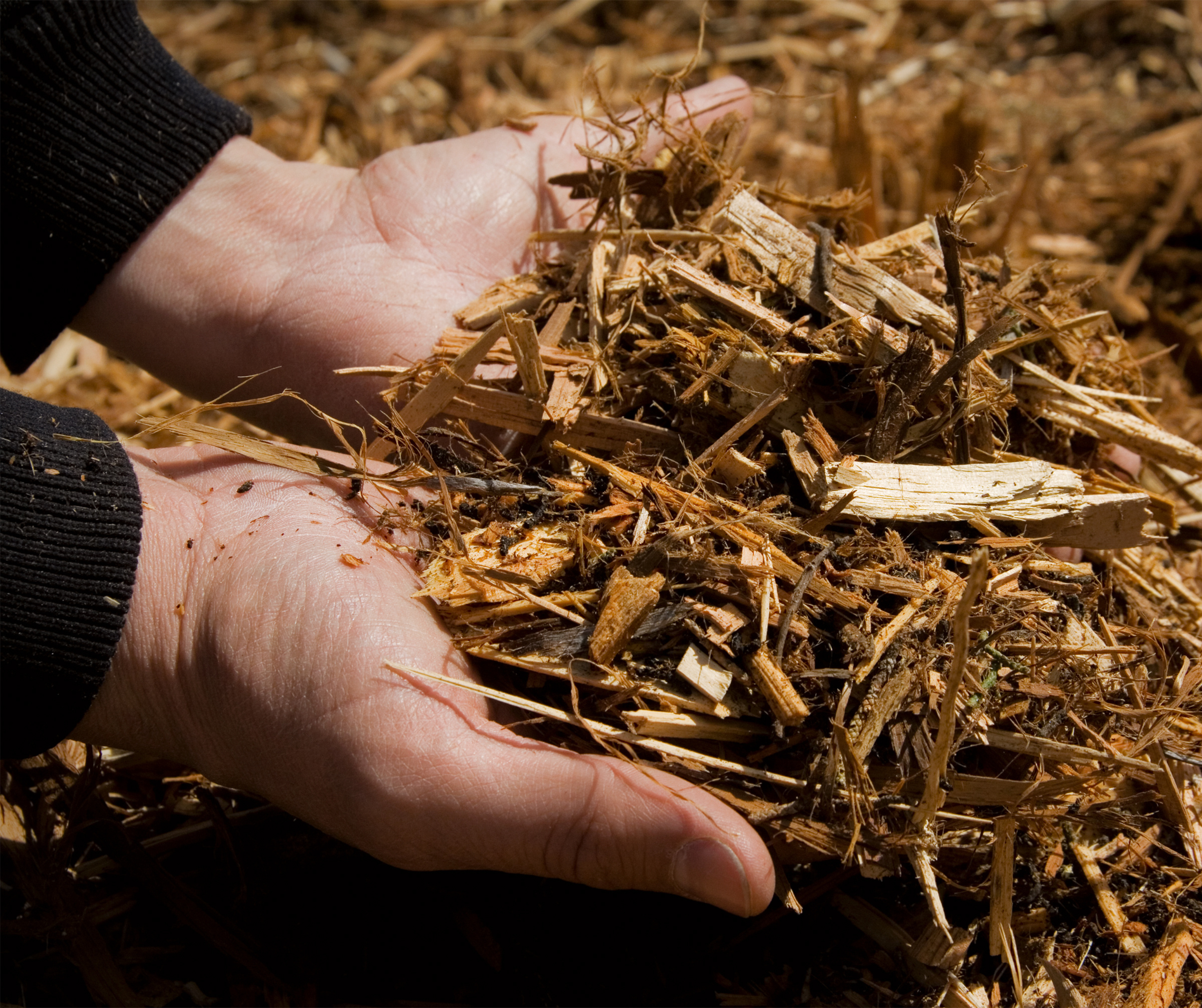
Strange Leaves
If the leaves of a tree display strange colors, bear holes, or unexpectedly drop, it's a clear sign it's under duress. These symptoms can be caused by nutritional deficiencies, pest attacks, or disease, which all diminish the beauty of the tree and your entire property.
Our plant health care services will diagnose the root of the problem and devise a treatment plan to help the tree recover. Placing your trust in the team at Heartwood Tree Care will not only raise the chances your tree will be saved but also lower the likelihood you'll need to remove and replace it.
Poor Growth
When your trees don't grow and thrive the way you expect them to, don't hesitate to contact our plant health care services. Stunted tree growth can be caused by poor environmental conditions, root issues, and an array of other problems.
At Heartwood Tree Care, our certified arborists will investigate and find what's causing the stunted growth — whether it be soil compaction, poor nutrition, or water-related issues — and offer a personalized solution. With our assistance, your trees will obtain the support they need to become beautiful and healthy.
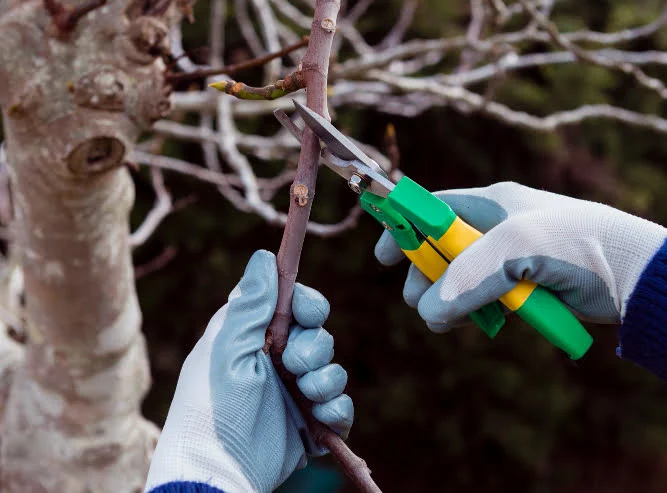
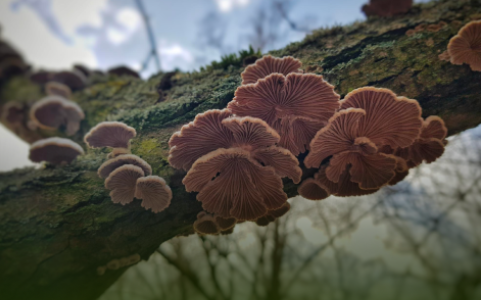
Fungal Growth
Fungal growth is a serious problem that shouldn't be ignored, as it can eventually lead to the death of the tree if it isn't addressed. This issue can happen because of excessive moisture or soil that lacks proper drainage, as those conditions are ideal for the growth of fungi.
When you reach out to us for plant health care in Charlotte, NC, we'll stop the spread of fungus and safeguard the root system of your tree through a variety of specialized treatments. By catching and resolving fungal issues early on, you can keep your tree safe and preserve the beauty of your landscaping.
